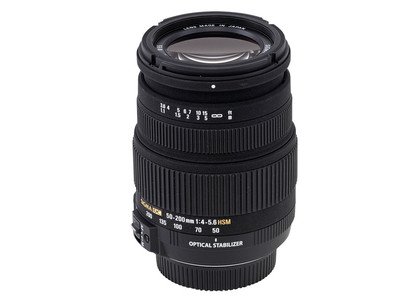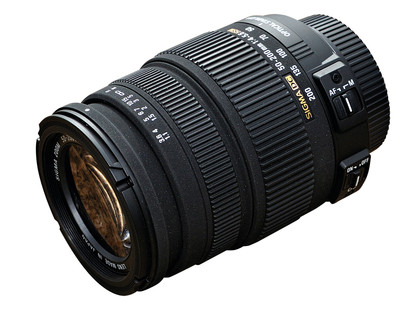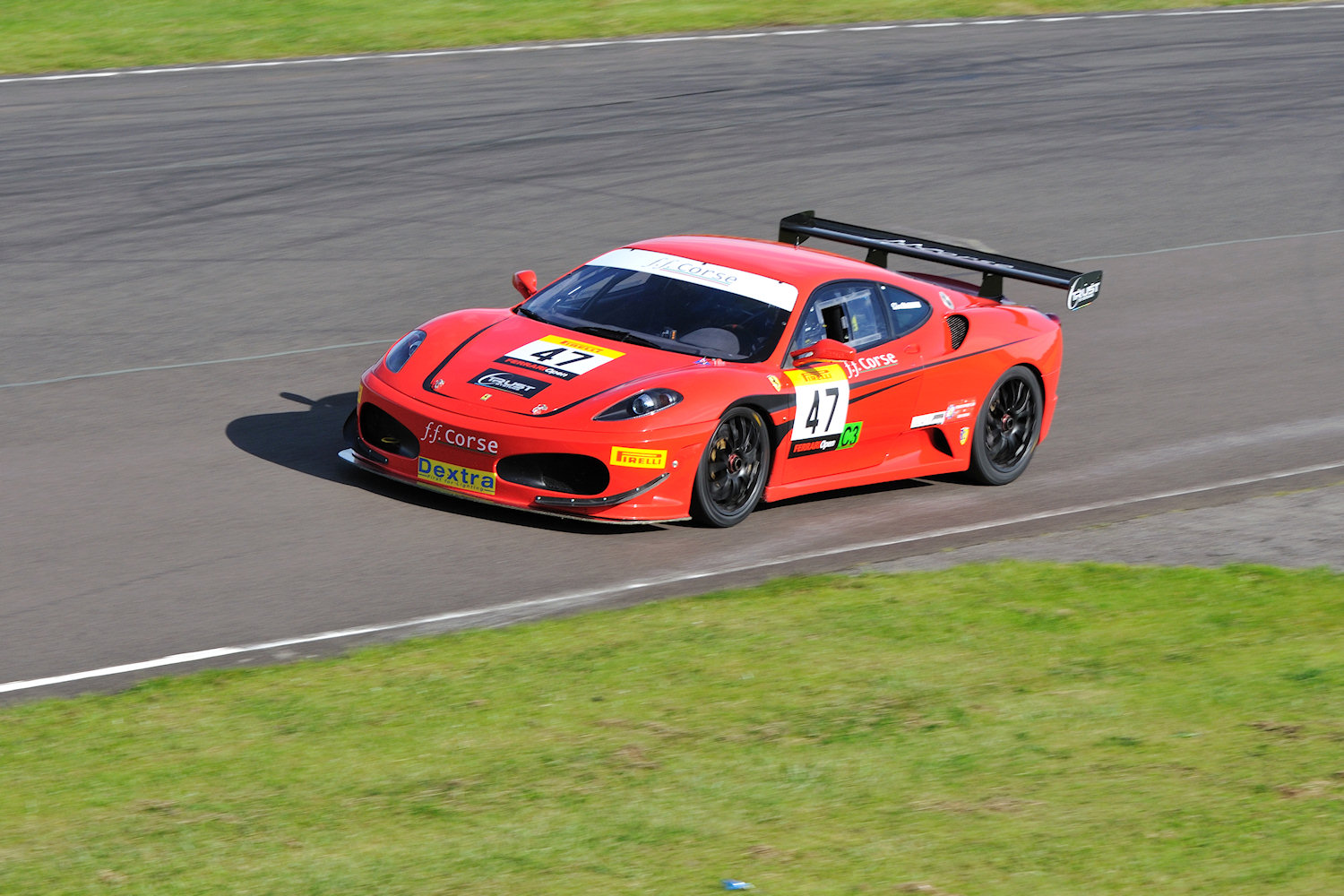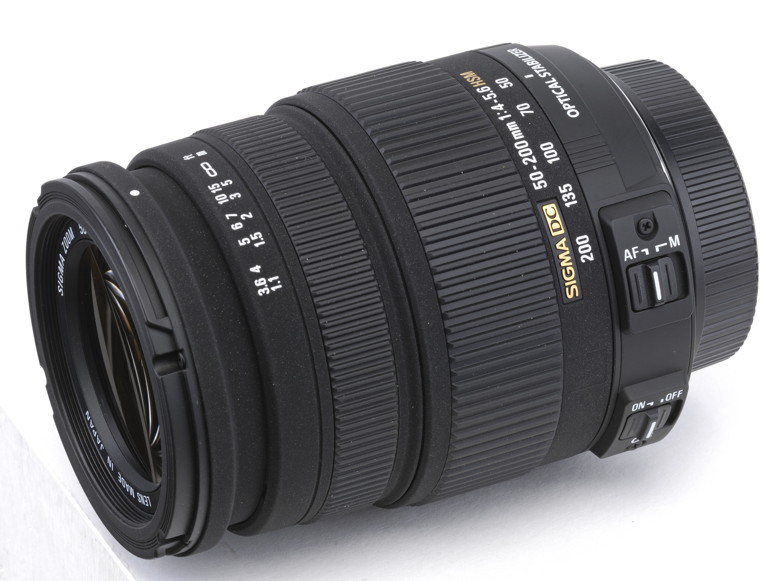Why you can trust TechRadar
Build quality and handling

For such a small and lightweight lens, the build quality of the Sigma 50-200mm f/4-5.6 DC OS HSM feels quite robust and, unlike the Nikon Nikkor AF-S DX VR 55-200mm f/4-5.6G IF-ED, the mounting plate is metal rather than plastic. There's no hint of zoom creep, and the zoom ring has a smooth action throughout its entire range.
The focus ring is quite large, which is a bonus for manual focusing, but it rotates in autofocus mode. The upshot is that, when holding the camera and lens naturally, it's easy to foul the action of the focus ring with your fingers. At least there's a focus distance scale printed on the front edge of the focus ring, which is often lacking in budget lenses.
Performance

Optical quality in terms of sharpness is the opposite of Nikon's competing 55-200mm VR lens. The Sigma 50-200mm f/4-5.6 DC OS HSM is more typical of telephoto zooms, delivering sharper images at its shorter and mid-range focal lengths. At the maximum telephoto setting, sharpness drops off noticeably, especially at larger apertures of f/5.6 to f/8.
On the plus side, vignetting is kept well under control, and the lens produces plenty of contrast even in dull lighting conditions. Barrel distortion is a little noticeable at the 50mm end of the zoom range, as is pincushion distortion between 135-200mm.
The optical stabiliser is well worth having, although it only gave a 3-stop advantage in our tests, falling a little short of Sigma's 4-stop claim.
Sample image:

Taken at 200mm, f/5.6
